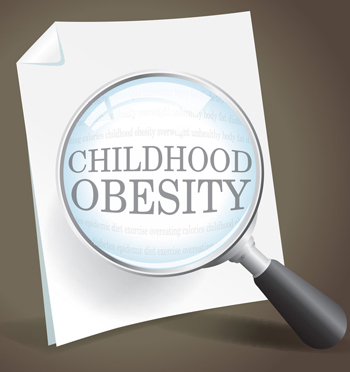 A new study reports that obesity prevention programs may help to lower blood pressure in kids (even if they don’t reduce fat). The study conducted by researchers at the University of Buffalo and Johns Hopkins University showed that these programs displayed positive signs of lowering fat and reducing blood pressure levels in children.
A new study reports that obesity prevention programs may help to lower blood pressure in kids (even if they don’t reduce fat). The study conducted by researchers at the University of Buffalo and Johns Hopkins University showed that these programs displayed positive signs of lowering fat and reducing blood pressure levels in children.
Earlier, hypertension was viewed as a serious condition affecting mainly the elder or middle-aged population. However, new reports prove that children can also develop this condition. In fact, the American Heart Association recommends that children must undergo early and routine medical checkups as this will help in early detection of this disease. If the pediatricians maintain medical record transcripts detailing the BMI (body mass index) of their patients, they can study the development of childhood obesity and provide necessary advice to prevent it.
Researchers found that in the United States, about 3.5 percent of children and adolescents suffer from hypertension and another 3.5 percent are at high risk (on account of slightly elevated BP). Moreover, this condition was found more common in obese children.
As part of the study, data from 23 studies of obesity interventions was analyzed (including 19,000 kids in total). The interventions were largely based on physical activity, targeted diet or both and continued for about 6 months to 1 year for school based programs. A close comparison of children who received a specific intervention was made with those who did not receive the same. The major findings of the survey are as follows –
- About four of the interventions showed a positive result on both blood pressure and body fat
- About eleven reported an effect only on the BP level and not for body fat
- Obesity reduction programs helped to reduce BP in children by an average of 1.64 millimeters of mercury (mm Hg) in systolic BP and 1.44 mm Hg in diastolic BP
- Moreover, reduction was more witnessed in those studies that followed a combined approach (that included both diet and physical activity interventions)
The study signifies that pediatric obesity may increase the blood pressure rates. Recently, the American Medical Association declared that people who are overweight can develop several disorders such as cardiovascular disease, hypertension and metabolic symptoms.
In the US, measuring BP has become an important component of children’s medical care. Researchers claim that deciding a normal and high BP rate in children is often a complicated task. The assessments in children are generally based on how their blood pressure compares to other children of their age, height and gender.
Unhealthy lifestyle, wrong eating habits and less physical activity are some of the main reasons for obesity in kids. Family practice physicians play a prominent role in preventing and reducing the same. They can educate the parents about the potential risks of this disease and recommend practical steps to deal with weight management problems. Parents should focus on making gradual changes in their family’s physical activity and eating habits.

